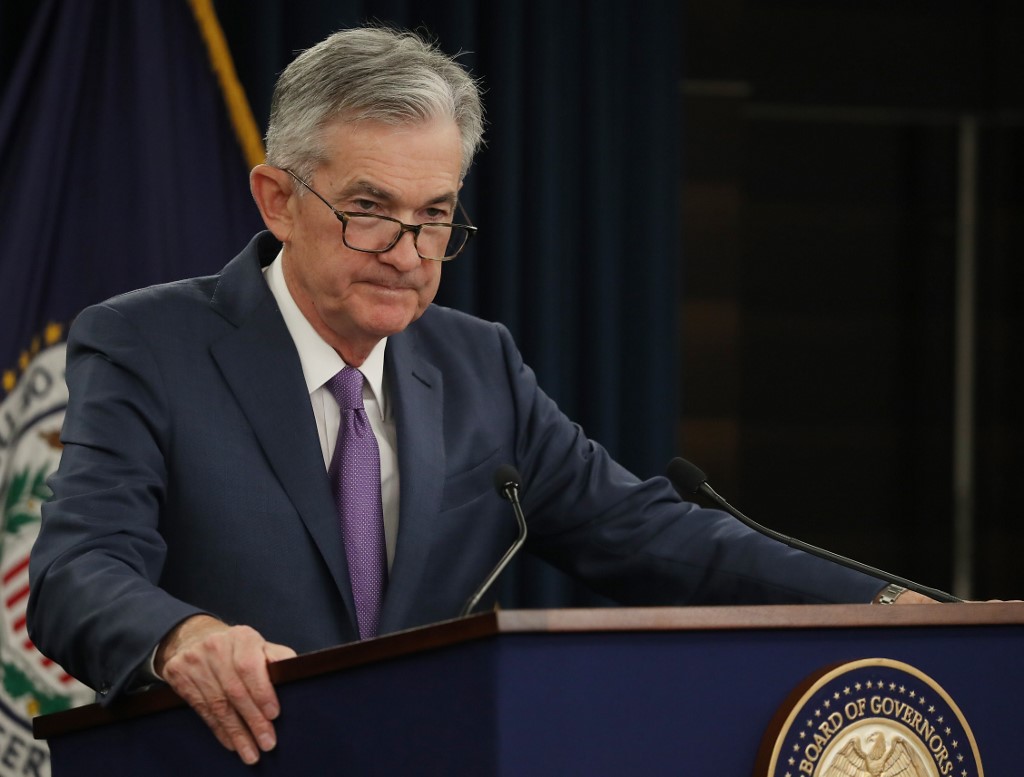Last week, the US Federal Reserve shifted its inflation goalposts. Fed Chair Jerome Powell told investors the Fed would aim for an inflation rate of 2% on average. It seems a small change. After all, the Fed was already targeting a fixed 2% inflation rate. But moving to an average target is a big change.
The Fed will not be tempted to end its quantitative easing program early. It will not be tempted to hike rates preemptively to head off potential wage pressures. And the Fed will not be tempted to lean into the wind as the unemployment rate falls back towards full employment.
Instead, the Fed will let the economy run hot. And inflation is going to have to be above 2% for some time before rates move anywhere.
What does that mean?
This means investors in Asia and through the world can count on the US Federal Funds rate being at the current near-zero level for a long time. Five years at least. Ten years is more likely. The Fed is making it abundantly clear that it will do whatever it takes to support economic growth and demand-driven inflation.
Credibility is an issue. The Fed has had a bad track record at achieving a fixed 2% inflation target since that target was introduced in 2012. The jury is definitely out on whether 2% or more can be achieved. It is unclear what more the Fed can do to stoke inflationary pressures. But various market measures of inflation expectations have started a grinding move higher.
Gold
Any discussion about higher inflation is not complete without talking about gold. The precious metal has gained more than 25% in price this year. It reached a record high price in excess of $2000 an ounce in early August.
The arguments for buying up gold have looked compelling. Gold has seemed to offer investors an each way bet on the outlook. Both an inflationary recovery and a further leg down in markets could be beneficial to gold. Gold offers diversification against negative economic outcomes. Gold’s zero income has looked relatively more attractive compared to a negative real income in an era of low or negative real rates. Gold offers a hedge against inflation.
The last of those reasons is especially relevant now. If the Fed gets inflation expectations back in line with the 2% average inflation target, then surely gold makes more sense as an investment.
We think investors should reconsider that line of thinking.
Longer Treasury yields?
The Fed has materially shifted its inflation goalposts and the aim is growth and reflation. Success will be measurable by inflation expectations moving back towards 2%. That will be accompanied by longer-dated US Treasury yields – both real and nominal – grinding higher over the medium-term.
The US Treasury yield curve – the difference between the longer-dated and shorter-dated yields – will steepen. Equity markets will be supported by the reflationary environment. Financial, cyclical and value stocks, which are currently languishing, will be helped by the steepening of the yield curve.
If this chain of events sounds familiar, then you may be remembering 2012. In early 2012, Fed Chair Bernanke moved to an explicit 2% fixed inflation target. In September 2012, the Fed announced QE3. The Fed’s goal was growth and reflation. They would do what it takes to achieve that goal. Over the subsequent 12 months, US 10-year nominal and real yields increased by around 1.0%. The S&P500 was more than 15% higher. Gold suffered a more than 20% decline.
History doesn’t repeat but it can sometimes rhyme. And we get the sense the Fed is hoping the latest policy change will rhyme with 2012.
We are seeing increasing interest from our clients in Asia in adding gold as an investment. This is happening after gold reached a record high price and after the Fed made clear it will be doing everything it can to support a reflationary outlook. Clients are focused on the inflationary hedging properties of gold, and the scope for further gains.
But with interest rates below inflation, a global recovery underway and supportive fiscal stimulus, reflation will not be confined to just consumer goods. The Fed will be equally happy to see ongoing asset price reflation that it hopes will provide a positive wealth effect for the wider economy.
Headwinds, tailwinds
In short, this scenario points to headwinds for the US dollar, gold and sovereign debt and tailwinds for global equities and corporate debt.
Investing in gold now is akin to taking a stance against the Fed. It is betting that we are not in a 2012-like scenario, where QE3 and an updated inflation target helped reflate inflation expectations and equity prices. It is betting that we are in a scenario more akin to 2010-11, where the Fed was not clear enough in its aim to reflate the economy by any means possible, and ultimately had to take further action.
We think further upside for gold will require the Fed to fail in its bid to lift inflation expectations, lift real yields and steepen the yield curve. And in these circumstances, we make this point to our clients. Don’t fight the Fed.
# Isaac Poole is the Global Chief Investment Officer for Oreana Financial Services, a wealth and asset management and consulting firm operating in Asia and Australia. Isaac previously worked as Head of Capital Market Research, Asia Pacific for Willis Towers Watson and holds a PhD in Economics from the University of Sydney.

























